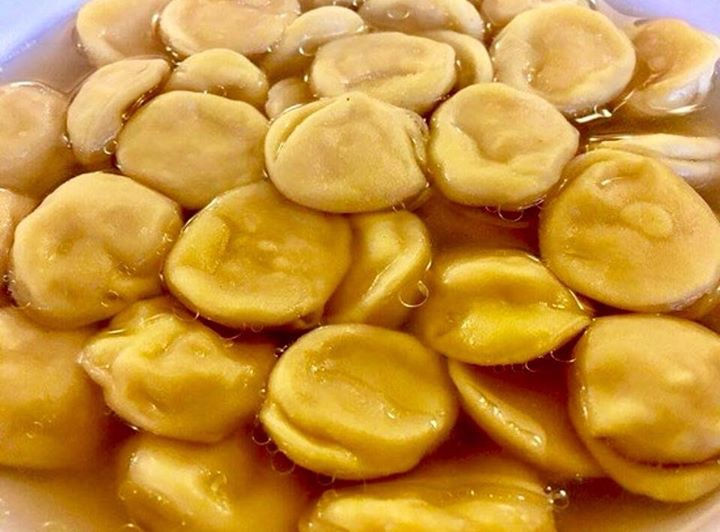50 shades of YELLOW
- Raffaella Cattelani

- Apr 3, 2023
- 3 min read
Updated: Jun 29, 2023
The strength of a color

Symbol of light, energy and wealth, but also of envy, jealousy and betrayal, yellow has always been the color of ambiguity. Goethe, in 1810, wrote about the color yellow: “It possesses a sweetly stimulating quality of serenity and cheerfulness. However, it is extremely sensitive, producing an unsightly image when dirty. And a slight and imperceptible variation is enough to make it the color of infamy, rejection and discomfort".
In Parma yellow is the color of its architectural identity: Yellow of Parma color is still the prevailing color of the buildings in the historic center.

- In ancient Greece, people defined as 'crazy' were forced to wear this color in order to be recognized.
- Throughout the Middle Ages, in the Western world, yellow flags were hoisted in places where the plague broke out and yellow was also used to characterize liars and swindlers.
- In literature, yellow has over time become the color of detective novels, and even Parma, in at least one circumstance, has been 'dyed yellow' in a chronicle that caused a sensation in the city. This is the mystery remembered as the 'Mazza crime', which took place in February 1986. It was undoubtedly the most striking local crime. It could have been a perfect detective plot worthy of a George Simenon novel, where the protagonists were a young danseuse and a well-known Parmesan entrepreneur, against the backdrop of worldliness and nightclubs, insurance policies, complicated investigations with sudden twists.
- Today yellow is a sign of victory when it is the color of the jersey worn by a Tour de France rider but also a sign of dissent when we see the yellow jackets of the protesters in the squares of Paris, or it can indicate a warning as happens in football when the referee draws the yellow card.

- The Yellow of Parma color in its original shade was the result of a perfect balance between elegance and lightness. It dates back to the 18th century and was born as an imitation of a French stone that the nobles used to paint their palaces. The most intense shade arrived in Parma with the Duchess Maria Luigia, and during the period of Austrian domination the yellow used to color villas and palaces took on a more evident intensity, almost straw-colored, also due to the greater availability of new industrial pigments. Thus, starting from the nineteenth century, the facades of churches and palaces began to turn yellow in its many more saturated and luminous shades.

The appetite has gold in the mouth. From the palaces of the upper class to the tables of the commoners, yellow enters the dishes of the Parmesan cuisine as if to underline its warmth and carefree and fun character. Then, the pastry for the anolini, the pumpkin or herb tortelli and for any other fresh pasta, the egg and parmesan filling served as a side dish for the boiled meat, the egg flip served as a side dish for cotechini and zamponi, everything must be colored rather intense yellow. This means that the best quality egg yolks has been used, i.e. those from hens fed only locally grown corn.

Main buildings and monuments colored in Yellow of Parma:
- Arch of San Lazzaro
- Paganini Auditorium
- Casinetto Petitot
- Glauco Lombardi Museum
- Soragna Palace
- Governor's Palace
- Ducal Palace
- Royal Palace in Colorno
- Regio Theatre

Comments